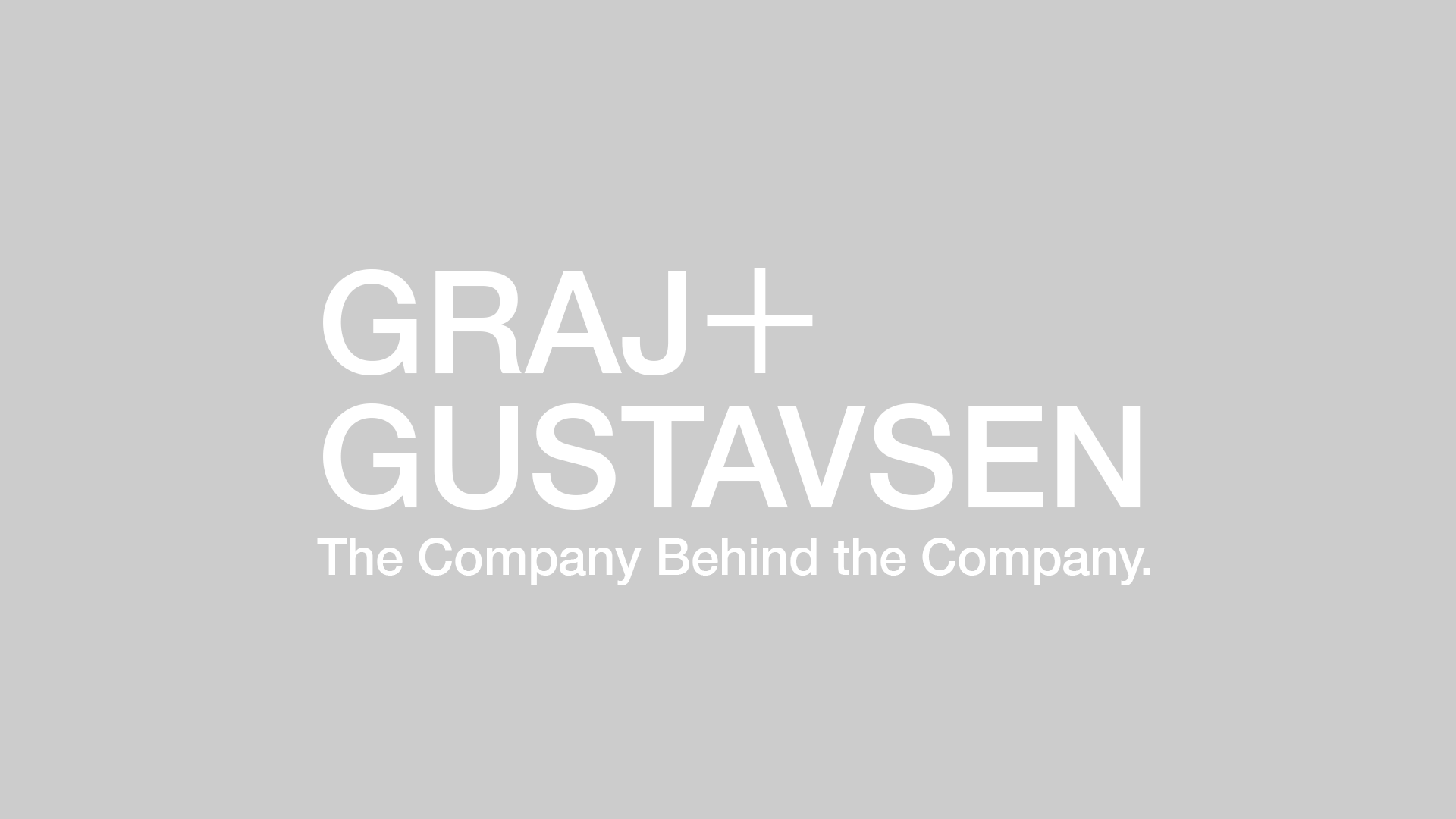During the recent deep downturn, alarmists painted a bleak picture of consumer behavior and retreat:
• Frills would disappear forever.
• Consumers would agonize endlessly over buying decisions.
• High-utility products would drive style and fashion off the shopper’s priority list.
As often happens, important course corrections were exaggerated into massive and immediate shifts. Why? What makes for good media copy about consumer behavior rarely has staying power.
Today’s mindset has shifted from survival fears to a hunger for guidance on successful living. Life is a busy venture. People have neither the time, nor the inclination to live a life driven by somber caution.
The take-home value of the recession was bought at a dear price. Let’s not squander it. When the economy digs its way out of any deep crater, all of us want to shake off the past and move ahead with brighter thoughts. Resist the urge. Pay attention to the ways the consumers aren’t changing as much as to the ways they are.
Here’s what we’re seeing and sensing about consumer behavior today, and it’s all about staying a smart shopper:
• Sustainability has become a much higher shopping priority and it’s registering on several scales.
• Consumers want to know: “If I’m paying good money for this, how long will it last?” And there are parallel questions: “How was it made?” and “What did it do to the environment – my and our environment – to put it together?”
• Another matter of conscience is voiced as well: “Were the goods stitched together in a sweatshop?” Social responsibility has become a practical matter. News travels so fast these days, and people don’t want to be blackjacked by guilt when they watch the latest exposé on the evening news.
• Product performance and reliability are being celebrated with unimaginable fervor. A Harley-Davidson motorbike barreling down the highway forever and a day – as one iconic example – becomes a celebration of American authenticity and craftsmanship.
• Consumers savor good times, but they aren’t letting go of their angst. The last economic dip was so penetrating, it scarred many to a depth not felt since the Great Depression. Consumers want to know: “How can I better align my consumption and purchasing decisions with long-term values that will serve me well?”
The big idea here: The smart store of the future is not a reactive twitch. Wise retailers are gradually but steadily reconstructing their offering to deliver value and reliability on these vital questions. As upper-end goods stage a notable comeback, the items that offer genuine value and character will shine the most. In the modern citizen’s store, responsibility meets utility, but not in a dour, gray way.
Today’s smarter more opportunistic consumer wants a lot of assurances. They’re also anxious to delegate these issues to brands and retailers ready to do the job for them:
• “Give me mobile information – information that looks at product the way I want to see it.”
• “Compress the complexity, so I can decipher things quickly.”
• “Design and pre-shop for me in ways that reflect my values.”
• “And, use all of your ingenuity to somehow still make the buying experience painless . . . and, if you can, actually appealing.”
That’s where smart retailers, above all others, are going to school. It’s inspiring to see so many “Help Wanted” signs going up these days. Perhaps the biggest and most pressing are those you can intuit in the hearts of consumers. The message: “Mr. Retailer, be a better curator. Be a superior editor. I don’t have time to mess around. I’ve got work to do!”

